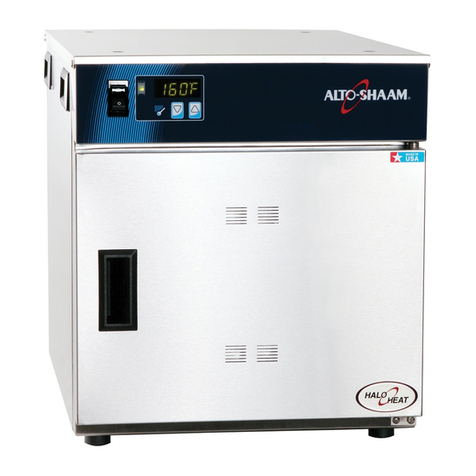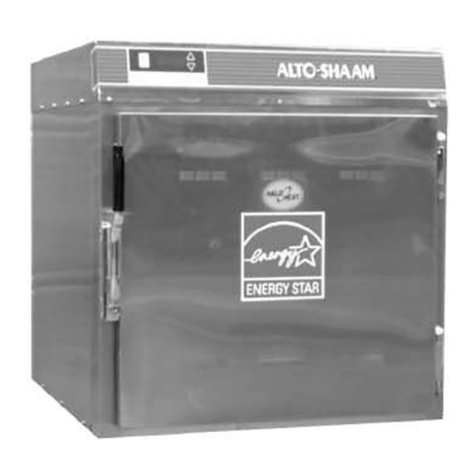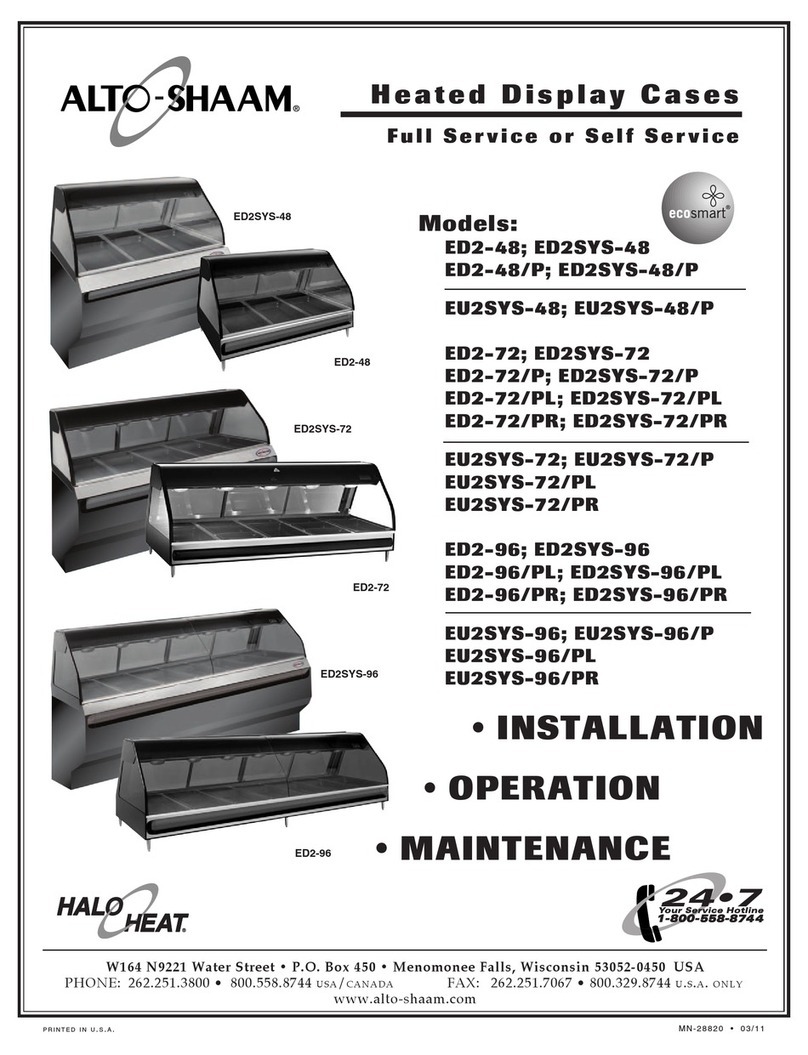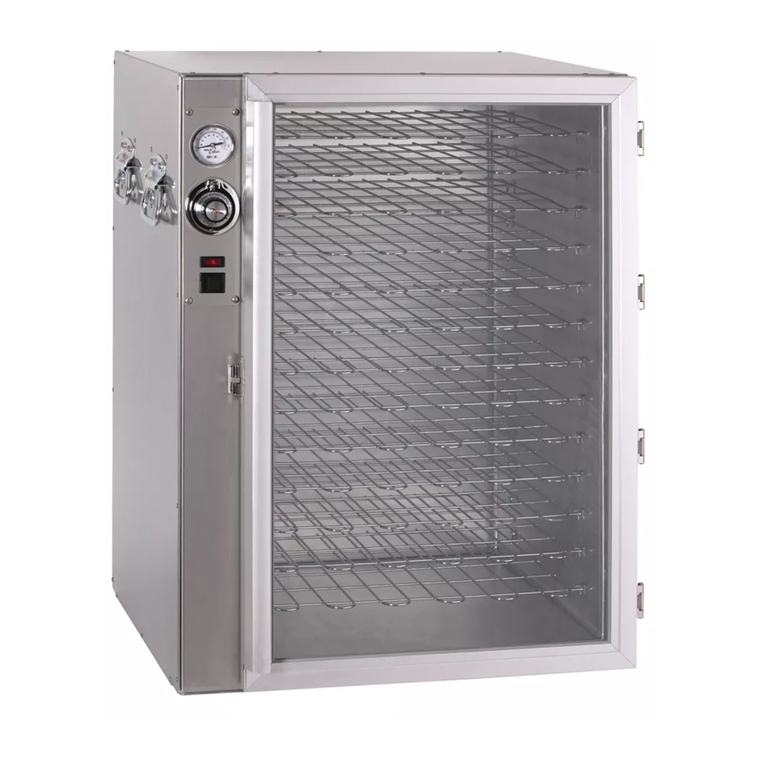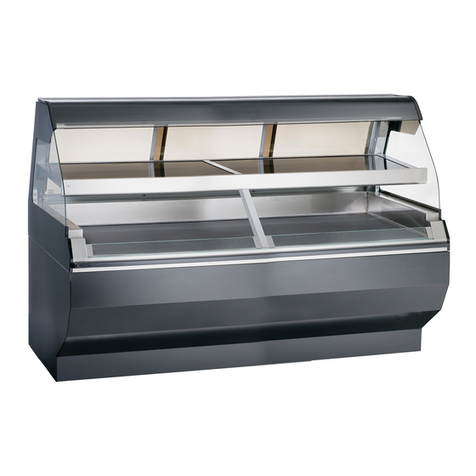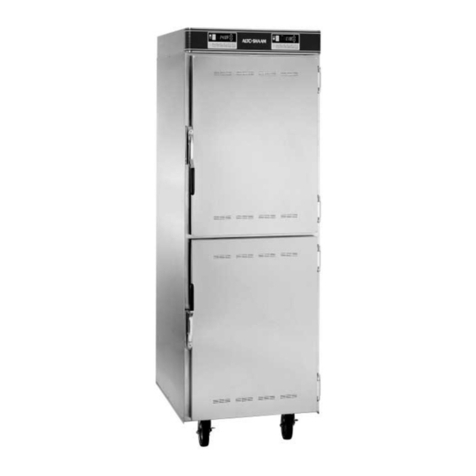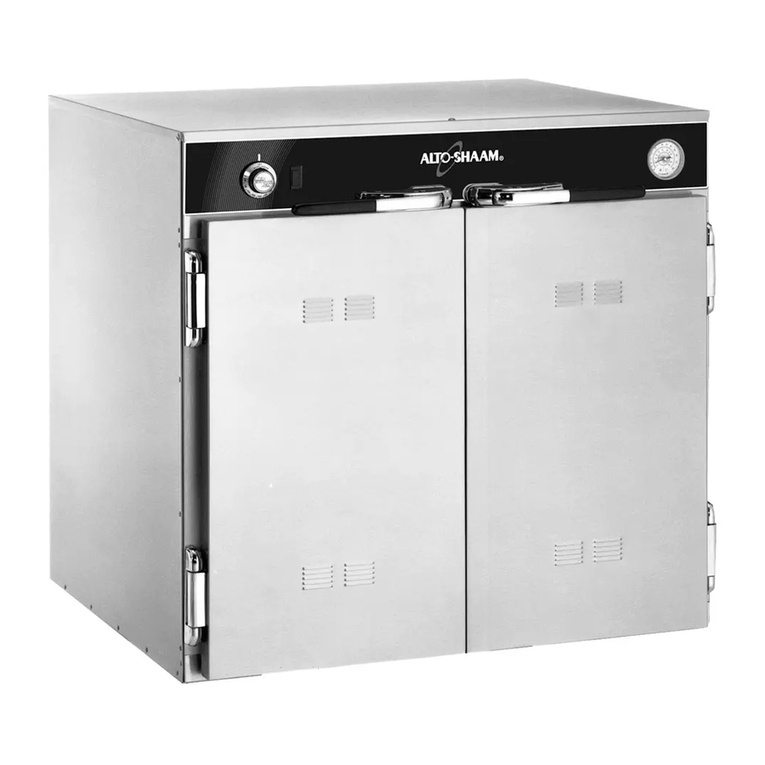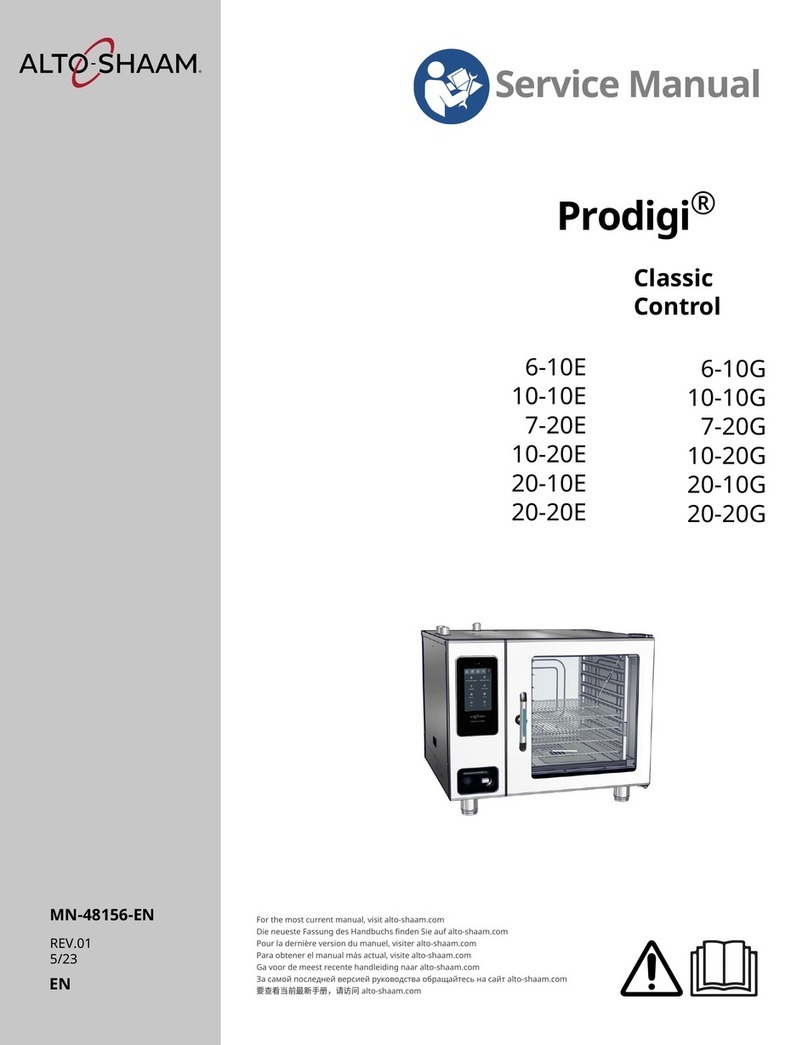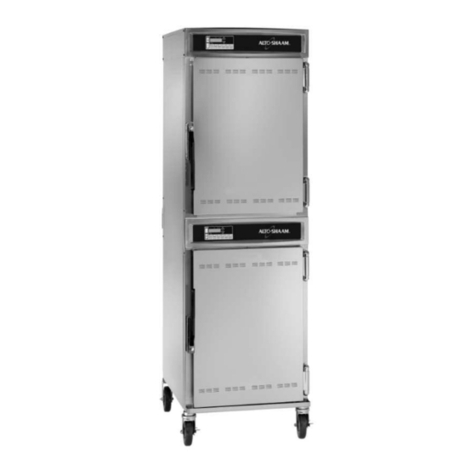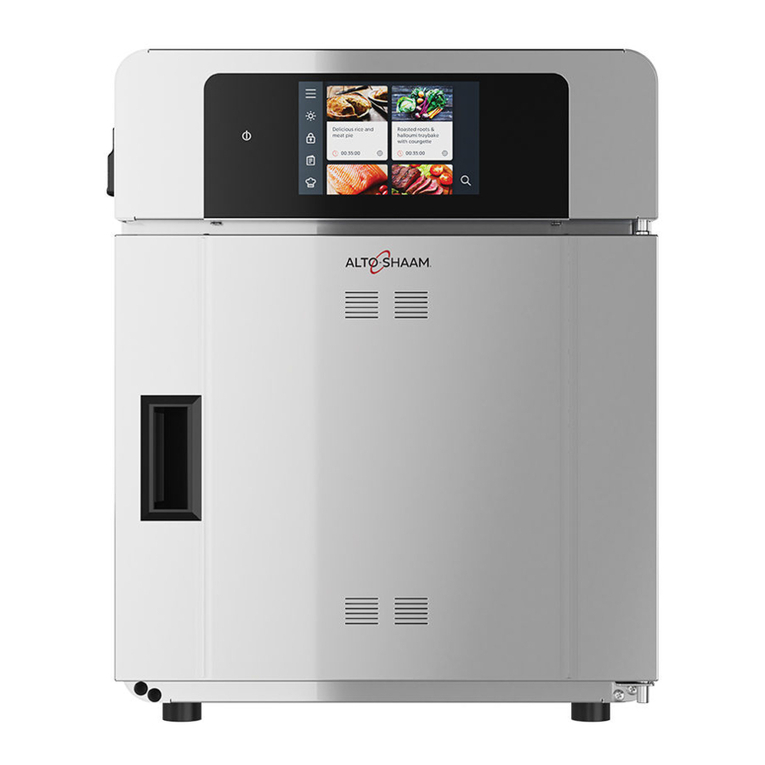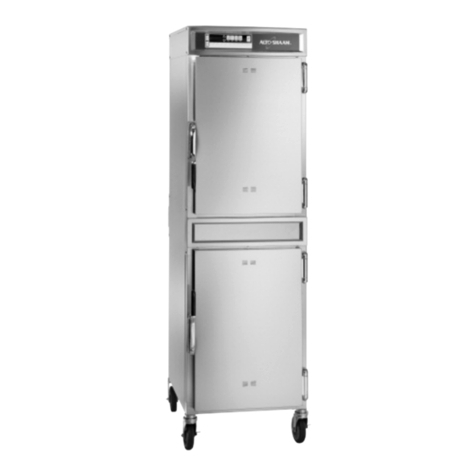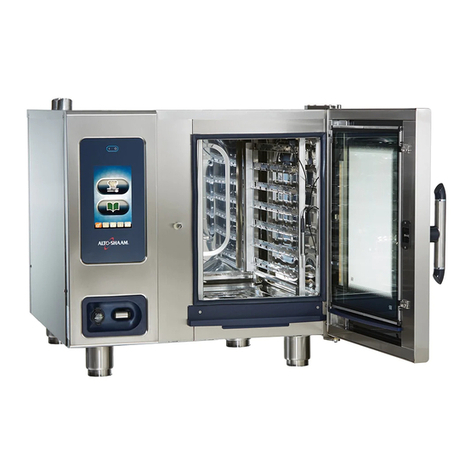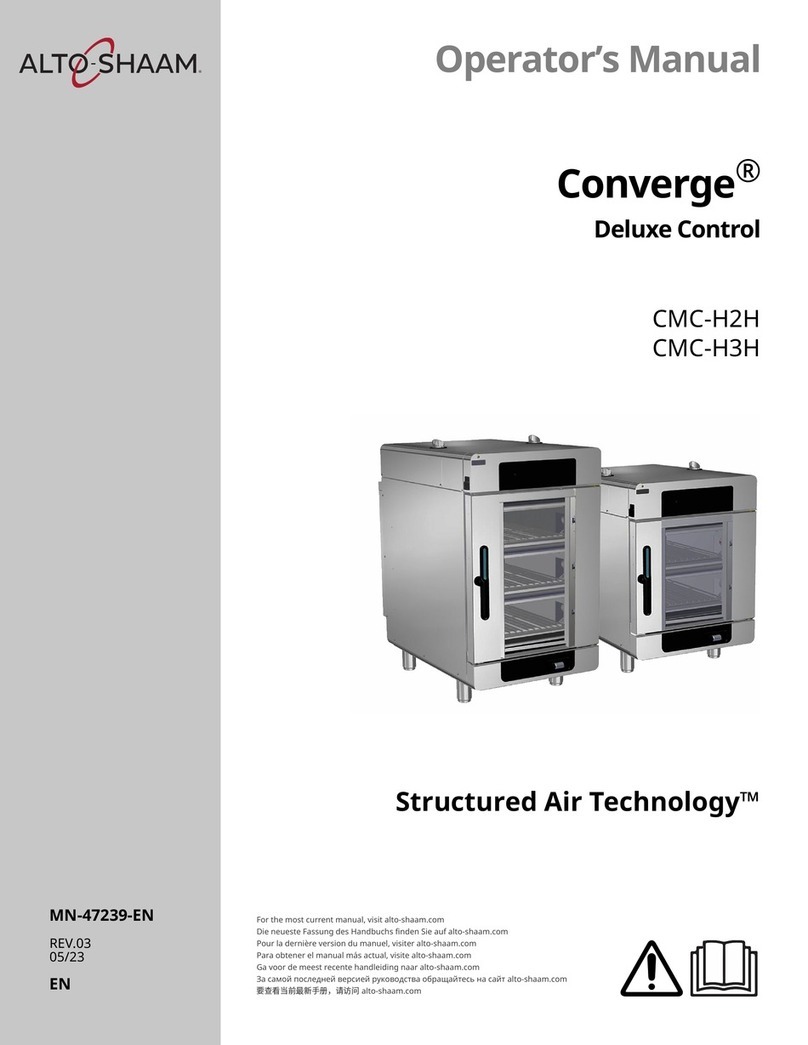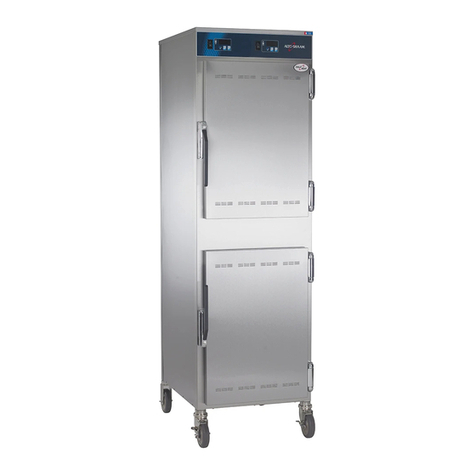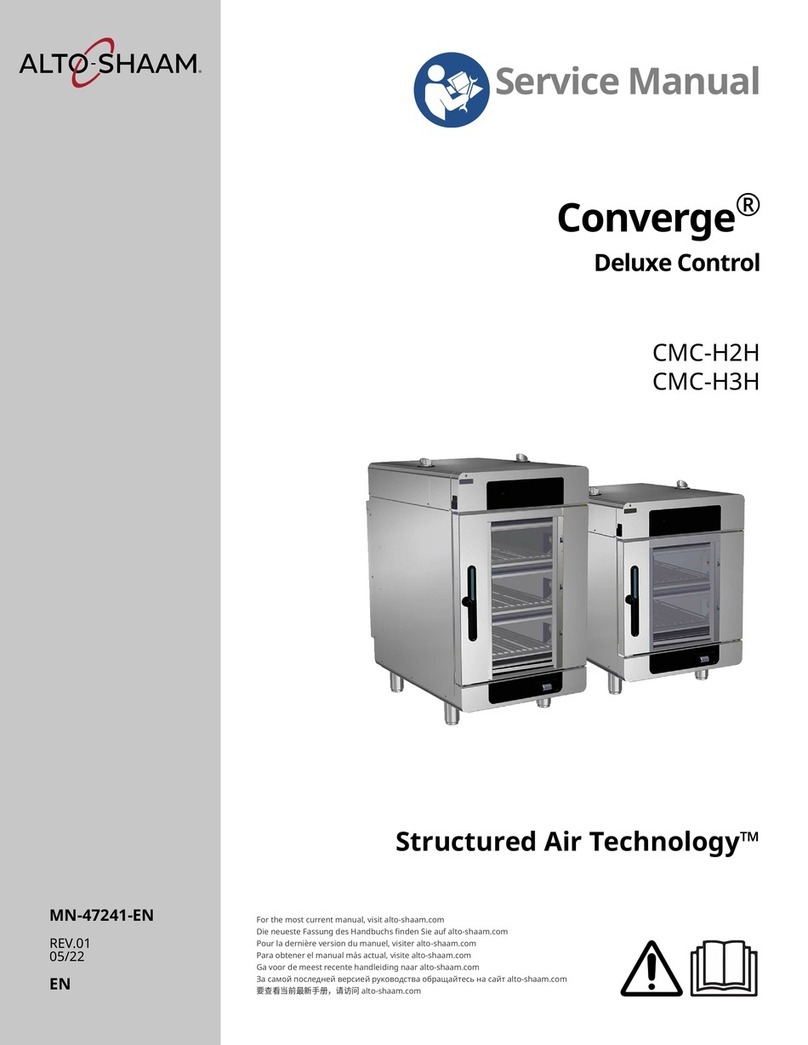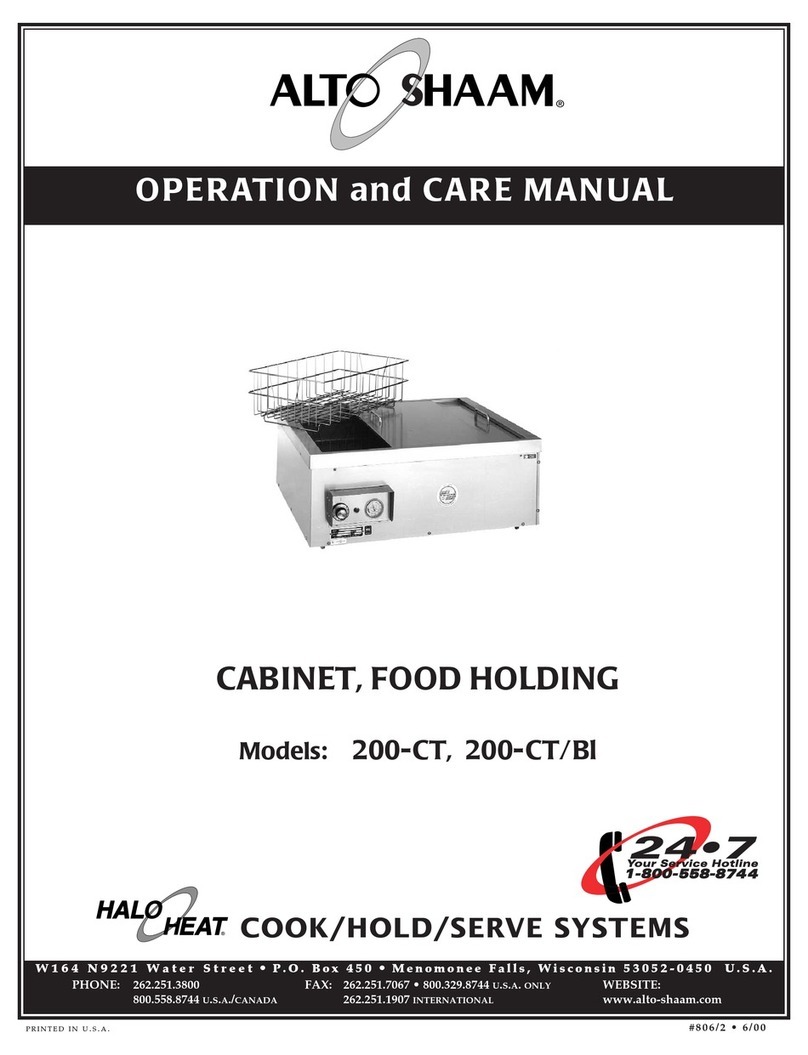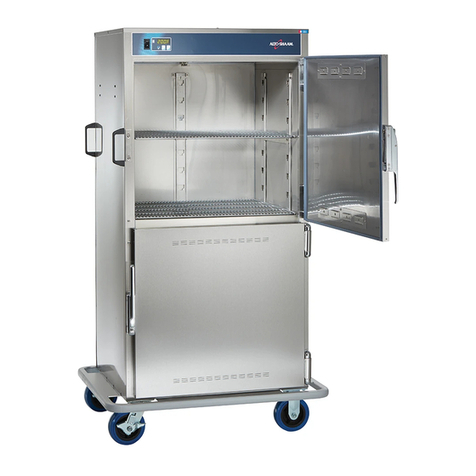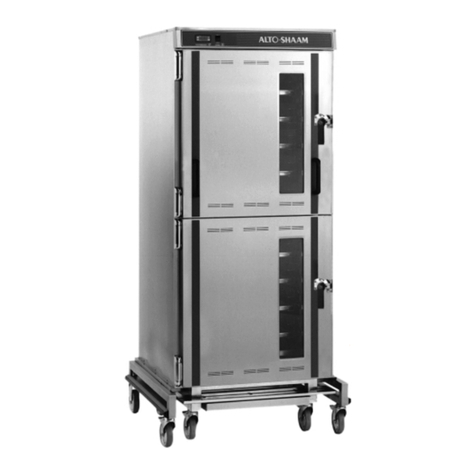SANITATION GUIDELINE
Food flavor and aroma are usually so closely related that it is
difficult, if not impossible, to separate them. There is also an
important, inseparable relationship between cleanliness and food
flavor. Cleanliness, top operating efficiency, and appearance of
equipment contribute considerably to savory, appetizing foods.
Good equipment that is kept clean, works better and lasts longer.
Most food imparts its own particular aroma and many foods
also absorb existing odors. Unfortunately, during this absorption,
there is no distinction between GOOD and BAD odors. The
majority of objectionable flavors and odors troubling food service
operations are caused by bacteria growth. Sourness, rancidity,
mustiness, stale or other OFF flavors are usually the result of
germ activity.
The easiest way to insure full, natural food flavor is through
comprehensive cleanliness. This means good control of both
visible soil (dirt) and invisible soil (germs). A thorough approach
to sanitation will provide essential cleanliness. It will assure an
attractive appearance of equipment, along with maximum
efficiency and utility. More importantly, a good sanitation pro-
gram provides one of the key elements in the prevention of food-
borne illnesses.
A controlled holding environment for prepared foods is just
one of the important factors involved in the prevention of food-
borne illnesses. Temperature monitoring and control during
receiving, storage, preparation, and the service of foods are of
equal importance.
The most accu-
rate method of
measuring safe
temperatures of
both hot and
cold foods is by
internal product
temperature. A
quality ther-
mometer is an
effective tool for
this purpose, and should be routinely used on all products that
require holding at a specific temperature.
A comprehensive sanitation program should focus on the
training of staff in basic sanitation procedures. This includes per-
sonal hygiene, proper handling of raw foods, cooking to a safe
internal product temperature, and the routine monitoring of inter-
nal temperatures from receiving through service.
Most food-borne illnesses can be prevented through proper
temperature control and a comprehensive program of sanitation.
Both these factors are important to build quality service as the
foundation of customer satisfaction. Safe food handling practices
to prevent food-borne illness is of critical importance to the health
and safety of your customers. HACCP, an acronym for Hazard
Analysis (at) Critical Control Points, is a quality control program
of operating procedures to assure food integrity, quality, and safe-
ty. Taking steps necessary to augment food safety practices are
both cost effective and relatively simple. While HACCP guide-
lines go far beyond the scope of this manual, additional informa-
tion is available by contacting the USDA/FDA Food-borne Illness
Education Information Center at (301)504-6803.
GENERAL HOLDING GUIDELINE
Chefs, cooks and other specialized food service personnel
employ varied methods of cooking. Proper holding temperatures
for a specific food product must be based on the moisture content
of the product, product density, volume, and proper serving tem-
peratures. Safe holding temperatures must also be correlated with
palatability in determining the length of holding time for a specific
product.
Halo Heat maintains the maximum amount of product mois-
ture content without the addition of water, water vapor, or steam.
Maintaining a maximum natural product moisture preserves the
natural flavor of the product and provides a more genuine taste.
In addition to product moisture retention, the gentle properties of
Halo Heat maintain a consistent temperature throughout the cabi-
net without the necessity of a heat distribution fan, thereby pre-
venting further moisture loss due to evaporation or dehydration.
In an enclosed holding environment, too much moisture con-
tent is a condition which can be relieved. A product achieving
extremely high temperatures in preparation must be allowed to
decrease in temperature before being placed in a controlled hold-
ing atmosphere. If the product is not allowed to decrease in tem-
perature, excessive condensation will form increasing the moisture
content on the outside of the product.
Most Halo Heat Holding Equipment is provided with a ther-
mostat control between 60°and 200°F (16°to 93°C). If the unit is
equipped with vents, close the vents for moist holding and open
the vents for crisp holding.
If the unit is equipped with a thermostat indicating a range of
between 1 and 10, use a metal-stemmed indicating thermometer to
measure the internal temperature of the product(s) being held.
Adjust the thermostat setting to achieve the best overall setting
based on internal product temperature.
HOLDING TEMPERATURE RANGE
MEAT FAHRENHEIT CELSIUS
BEEF ROAST —Rare 140°F60°C
BEEF ROAST —Med/Well Done 160°F71°C
BEEF BRISKET 160°—175°F 71°—79°C
CORN BEEF 160°—175°F 71°—79°C
PASTRAMI 160°—175°F 71°—79°C
PRIME RIB —Rare 140°F60°C
STEAKS —Broiled/Fried 140°—160°F 60°—71°C
RIBS —Beef or Pork 160°F71°C
VEAL 160°—175°F 71°—79°C
HAM 160°—175°F 71°—79°C
PORK 160°—175°F 71°—79°C
LAMB 160°—175°F 71°—79°C
POULTRY
CHICKEN —Fried/Baked 160°—175°F 71°—79°C
DUCK 160°—175°F 71°—79°C
TURKEY 160°—175°F 71°—79°C
GENERAL 160°—175°F 71°—79°C
FISH/SEAFOOD
FISH —Baked/Fried 160°—175°F 71°—79°C
LOBSTER 160°—175°F 71°—79°C
SHRIMP —Fried 160°—175°F 71°—79°C
BAKED GOODS
BREADS/ROLLS 120°—140°F 49°—60°C
MISCELLANEOUS
CASSEROLES 160°—175°F 71°—79°C
DOUGH —Proofing 80°—100°F 27°—38°C
EGGS —Fried 150°—160°F 66°—71°C
FROZEN ENTREES 160°—175°F 71°—79°C
HORS D'OEUVRES 160°—180°F 71°—82°C
PASTA 160°—180°F 71°—82°C
PIZZA 160°—180°F 71°—82°C
POTATOES 180°F82°C
PLATED MEALS 180°F82°C
SAUCES 140°—200°F 60°—93°C
SOUP 140°—200°F 60°—93°C
VEGETABLES 160°—175°F 71°—79°C
THE HOLDING TEMPERATURES LISTED ARE SUGGESTED GUIDELINES ONLY
OPERATION AND CARE MANUAL #818 •2
INTERNAL FOOD PRODUCT TEMPERATURES
HOT FOODS
DANGER ZONE 40°TO 140°F(4°TO 60°C)
CRITICAL ZONE 70°TO 120°F (21°TO 49°C)
SAFE ZONE 140°TO 165°F (60°TO 74°C)
COLD FOODS
DANGER ZONE ABOVE 40°F (ABOVE 4°C)
SAFE ZONE 36°F TO 40°F(2°C TO 4°C)
FROZEN FOODS
DANGER ZONE ABOVE 32°F (ABOVE 0°C)
CRITICAL ZONE 0°TO 32°F (-18°TO 0°C)
SAFE ZONE 0°F OR BELOW (-18°C OR BELOW)
